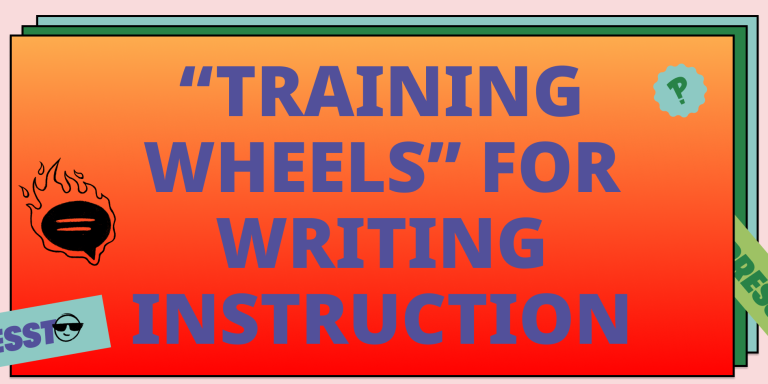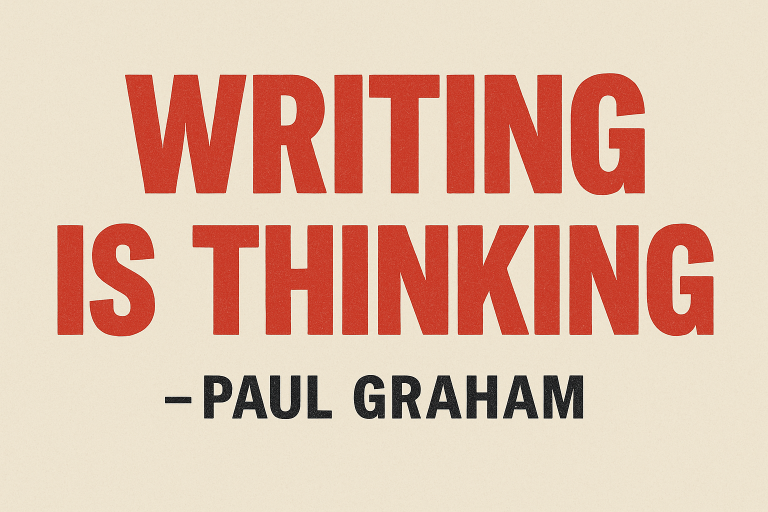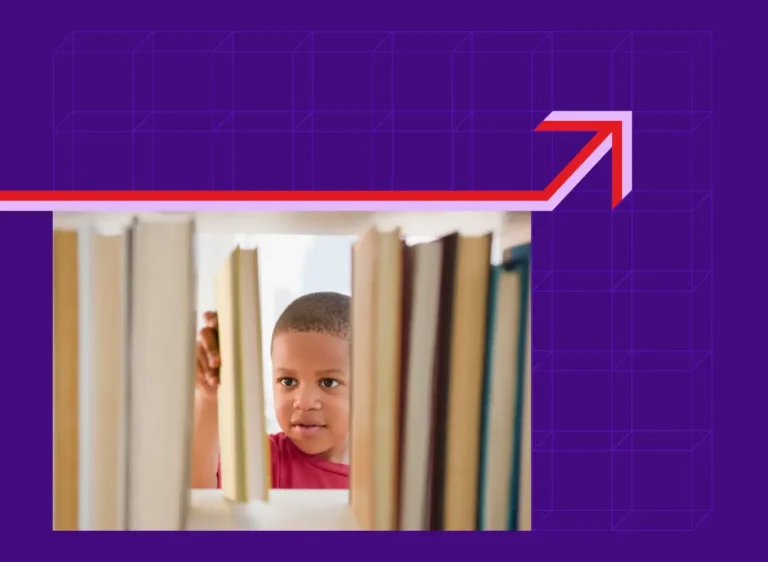The Science of Writing in Math
Research Insights and Pressto’s Innovative Approach
Introduction: Writing – An Underutilized Power Tool in Math Learning
Writing isn’t just for English class. In fact, educational research has shown that writing can significantly boost learning in content areas like math and science. When students write about math concepts or problem-solving processes, they are effectively “learning by writing.” This practice transforms scattered ideas into coherent understanding by requiring students to examine, organize, and articulate their thinking. As one report put it, “writing doesn’t just show thinking; it is thinking.”
Yet, for years, writing in math class was rare – often limited to the occasional “Explain how you solved the problem” prompt. Many teachers once viewed the idea of math journaling as unnecessary or even odd. Today, however, we know better. Math educators recognize that communication is fundamental to mathematics learning, and most academic standards now include writing or explaining reasoning as a key skill.
Pressto, an AI-supported writing platform, is designed to harness this power of writing across subjects. It provides young writers with sentence-level scaffolds, real-time feedback, and customizable prompts, making writing a more guided and engaging experience. In this piece, we explore the science behind writing as a learning tool and examine four research-backed strategies for integrating writing into math (as outlined in NWEA’s article “4 Ways to Engage Students with Writing in Math Class”). For each strategy, we’ll see how Pressto’s unique features bring it to life – supporting deeper understanding in math through a more fluid, student-driven writing process.
The Science Behind Writing to Learn
Writing helps students retrieve knowledge, reorganize it, and communicate it clearly. This “knowledge-transforming” process deepens understanding and strengthens memory. Meta-analyses show writing significantly enhances learning across content areas, especially math. Writing about math concepts builds conceptual understanding, improves problem-solving skills, and even reduces math anxiety.
Pressto’s Approach: Pressto treats writing as a thinking tool. Its AI-powered Writing Buddy guides students without writing for them, reinforcing the value of active effort. Sentence-level scaffolds and targeted prompts help students articulate ideas, reflect deeply, and connect content. Especially in math, where structured thought is critical, Pressto makes writing both accessible and intellectually rigorous.
1. Eliciting Impactful Explanations in Math Problem Solving
The Strategy: Move beyond “explain how you solved it” to “explain why you solved it that way,” including reasoning, alternatives, and self-checking.
Traditional Approach: Teachers model explanations and coach students to unpack their thinking. This is effective but time-intensive.
Pressto’s Enhancement: Pressto scaffolds writing with clickable blocks like:
- “First, I…”
- “Because…”
- “This was tricky because…”
- “I know I’m correct because…”
The Writing Buddy prompts deeper thinking with cues like, “Why did you choose that strategy?” or “Can you define that term?” Students get guided practice in constructing coherent, justified explanations—instantly, and at scale. This turns every math explanation into a meaningful learning opportunity.
2. Providing a Formative Foundation through Writing
The Strategy: Use short, consistent writing before, during, and after lessons to uncover thinking and support memory.
Traditional Approach: Teachers rely on journals and exit slips, but managing and reviewing this writing is burdensome.
Pressto’s Enhancement: Teachers use customizable prompts (e.g., “What do you already know about fractions?” or “What’s one thing you’re still unsure about?”) and see live responses via the dashboard.
Students receive real-time guidance (“Can you give an example?”) and build a permanent, searchable record of their thinking. Writing becomes not just a reflection tool, but an active part of learning—and a fast, effective way for teachers to adjust instruction on the fly.
3. Making Connections: Linking Concepts Through Writing
The Strategy: Encourage students to relate math ideas to each other and to real life.
Traditional Approach: Teachers use concept maps or sentence frames, but generating and customizing these requires planning and can be intimidating for students.
Pressto’s Enhancement: Pressto prompts connections like:
- “Area is like multiplication because…”
- “This reminds me of ___ because…”
- “In the real world, this shows up when…”
Teachers can personalize prompts using student interests (e.g., sports, gaming, art), helping students see relevance. The scaffolded support makes abstract relationships feel concrete, while vocabulary suggestions (e.g., array, ratio, units) help students write with precision. Students begin to see—and articulate—how math connects to everything.
4. Supporting Metacognition with Reflective Writing
The Strategy: Help students become self-aware learners by reflecting on their strategies, mindset, and growth.
Traditional Approach: Reflection journals are powerful but inconsistently used. Teachers can’t always review or respond promptly, and some students struggle to reflect meaningfully without guidance.
Pressto’s Enhancement: Pressto supports recurring, structured reflection (e.g., “What challenged you today?”, “What did you try when you got stuck?”). AI feedback encourages elaboration (“Can you describe how you felt?” or “What would you do differently next time?”).
Private writing builds student confidence; live teacher insights support just-in-time interventions. Pressto builds reflection into the classroom routine—without adding logistical burden.
From Traditional to Transformational: Pressto’s Value Proposition
Pressto modernizes proven writing strategies, making them easier to use and more impactful in math class:
| Traditional Writing in Math | Pressto-Enhanced Writing in Math |
|---|---|
| One-size-fits-all prompts | Tailored, interest-based prompts |
| Teacher reads responses later | Live teacher view, real-time feedback |
| Journals get lost or ignored | Digital timeline, always accessible |
| Students feel uncertain | Scaffolded writing with coaching throughout |
| Takes class time to manage | Streamlined workflow for teachers |
By combining structured pedagogy with AI, Pressto allows teachers to scale good writing instruction—and lets students experience writing as part of their mathematical identity.
Conclusion: Empowering Math Learning One Sentence at a Time
The research is clear: when students write about math, they learn more deeply. But implementation has always been the challenge. Pressto changes that by making writing easy, aligned, and engaging—every day, in every subject.
With tools like Pressto, math classrooms can become spaces where students routinely explain, reflect, connect, and grow—not just as mathematicians, but as thinkers and communicators.
References
- Resanovich, M. (2024). 4 Ways to Engage Students with Writing in Math Class. NWEA.
- Pressto (2023). Empowering Students with Scaffolds. JoinPressto.com
- Morrone, M. (2023). This Generative AI Tool Actually Teaches Kids How to Write. Fast Company.
- Pressto (2023). Press Release: Pressto Unveils Writing Buddy








